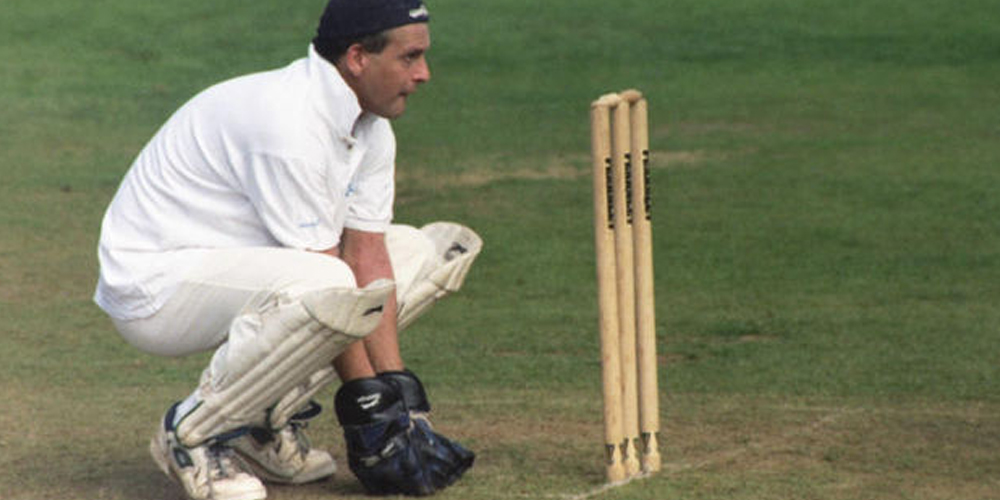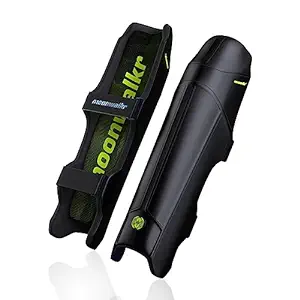What’s the worst nightmare for a cricketer? Injury that could last for a lifetime! Imagine a lush green field on a sunny day. A talented rising cricketer, Vikram, steps onto the pitch with a dream of becoming the next Sachin Tendulkar. He takes his position at the crease and the bowler begins his run-up.
The ball is released with the speed of a bullet but the batsman misjudges it. It hits him on his left shin with a crushing blow. Vikram falls to the ground. His thinly cushioned cricket pads have failed him. All players rush to the scene but the damage has already been done.
The practice match ends. Vikram is unable to play in the tournament the next day as he is lying down with a bandaged leg. A year of hard work, all wasted, only because he did not invest in high-quality Cricket Pads!
Any seasoned player will tell you your gear can make or break your game! Faulty or low-quality equipment is not only bad for your game but can also lead to injuries like fractures, tears, sprains, and dislocations while on the field.
Good-quality protective gear reduces injury risks, improves comfort, maximises performance, and contributes to skill enhancement.
Moreover, the significance of high-quality protective equipment extends beyond cricket, highlighting its larger role in safeguarding athletes’ physical well-being across various sports.
Cricket Pads: A Guide to Keep Your Legs Safe

Cricket pads, also known as knee pads, offer protection from injuries by providing coverage to the shins, knees, and lower thighs of a player.
A pair of high-quality pads will save you from speeding balls and fast ballers so that you can solely focus on your game strategy without worrying about possible injuries. There are majorly two kinds of knee pads.
These are:
- Batting Pads– Each batter on the team wears these. Batting pads are fastened to the player’s lower legs and are worn for the duration of the batting session or innings. Batting pads are sufficiently light to allow the players to run swiftly and freely.
- Wicket Keeper’s Pads– These are worn by the wicketkeeper and are fastened to the lower thighs similar to batting pads. Batting pads can have three straps, but Wicket Keeper’s pads only have two. These are lighter and smaller than batting pads and have a comparatively smaller knee roll. Throughout the game, the wicketkeeper has to bend upwards and downwards, thus the pads must provide maximum agility. They also have a shorter flap over the knee providing ease of movement to the wicketkeeper.
Cricket Pads- How We’ve Gone from Old Guard to New Guard
Initially, cricket pads made from leather and cane restricted players’ mobility, impacting their performance and agility. As a solution, cotton knee pads were introduced, offering better movement but lacking adequate protection.
Over time, technological advancements have revolutionized it, making them lighter and more protective with high-density foam and innovative materials.
These new pads are lightweight, provide durability, and are made from low-priced materials leading to cost efficiency. So there is basically no excuse for you to delay updating your old thinly cushioned, good-for-nothing, knee pads.
Remember, you can never predict when an injury will strike, but you can always choose to be prepared to face it!
Ultimate Protection for Maximum Performance
 Modern-day pads use advanced innovation and materials such as high-density foam, polyurethane, and carbon fiber. High-intensity foam offers exceptional shock absorption ensuring the player’s protection against even the most aggressive deliveries.
Modern-day pads use advanced innovation and materials such as high-density foam, polyurethane, and carbon fiber. High-intensity foam offers exceptional shock absorption ensuring the player’s protection against even the most aggressive deliveries.
Polyurethane offers flexibility and strength while carbon fibre delivers robust protection without adding unnecessary bulk. These lightweight cricket pads are crafted using breathable, hydro-absorbent fabrics that regulate temperatures and minimise the distractions caused by sweat and discomfort.
Multiple players have applauded these innovations which are a testament to the strides in sports technology and materials science, featuring the latest innovations designed to enhance player performance and safety.
The Price Spectrum
There are several price ranges, while more expensive pads often provide advanced usability and better protection, players on a tight budget can still find high-quality choices. Select a pair that best suits your needs by weighing the pros and cons of both price and quality.
| QUALITY | PRICE RANGE (In ₹) |
| Budget-friendly range | 2500-5000 |
| Mid-range | 5000-10,000 |
| Premium Range | 1000-15,000+ |
It’s imperative to take factors like your playing style, the materials used, the fit, the design, and extra features into account. when selecting the it.
You can select a pair of knee pads that improve your performance and keep you safe on the field by knowing your needs and testing out several options.
If you’re a beginner, investing in a budget-friendly pair of these pads is feasible but if you are a regular player, investing in a mid-range pair would be your best bet. It would provide you durability and save money in the long run.
Keep in mind that the right cricket pads will enhance your comfort and confidence while also protecting you from unpredictable injuries.
The difference between a good player and a great one could be a single blow. In the blink of an eye, a possible triumphant performance can turn into a heartbreaking, disappointing setback.
Additionally, choosing the right gear is not just a matter of avoiding injuries but also about honouring the hours of training, hard work, and resources you put in.
Vikram’s fictional injury is a recurrent occurrence in the lives of all cricketers and a stark reminder of the importance of investing in high-quality cricket equipment. Are you ready to take your game to the next level? Or are you content playing cricket as ‘just a hobby’?











